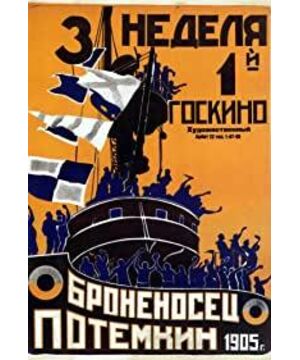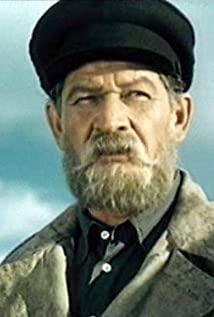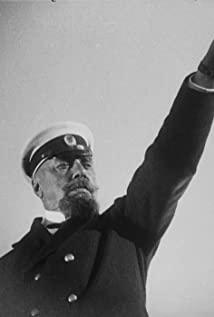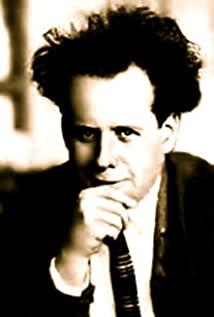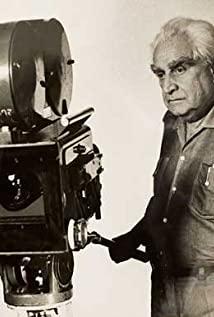1. Which film company produced this film in what year?
Answer: In 1925, timeless video Inc (the first factory of the National Central Photographic Film Enterprise Company of the Soviet Union).
2. Who are the screenwriters, directors, cinematographers and main actors of this film?
A: Screenwriter and director is S. Eisenstein (Sergei M. Eisenstein); main actors: Aleksandr Antonov, Grigori Aleksandrov.
3. What story does the film tell?
Answer: The film describes a mutiny on the battleship Potemkin in 1905. The ship was the pride of the Imperial Russian Navy, but for months the food was so poor that the meat was covered with maggots. Sailors were shot dead by officers for complaining about the food. , which led to a rebellion. The warship went to the Odessa stone steps to receive food supplies from the people, but the infantry arrived to suppress it, and a massacre occurred on the steps...
4. What are the five parts of the film?
Answer: One, "Man and Maggot". Describe the hard life and inhuman treatment of the sailors on the battleship. The beef with roundworms angered the soldiers and became the trigger for the uprising. Two, "The Tragedy on the Back Deck". Sailors who showed uprisings were suppressed by officers. The commander ordered the mutineers to be shot, and the priest came to pray. The firing squad refused to shoot. The insurgents took up arms and threw officers and medics into the sea. The leader of the uprising, Sergeant Hua Kulinchuk, was injured by the first officer and fell into the sea to die. Three, "blood for blood". It shows that the revolutionary masses of Odessa were filled with righteous indignation when they saw the body of Huakulinchuk, who was carried to the shore by a motorboat, and they supported the uprising sailors one after another. Four, "Odessa Stairs". The crowd greeted the sailors on the steps, the tsarist army came to shoot the unarmed citizens, blood was flying, and the sailors on the ship fired at the general staff and bombed the main entrance. Fifth, "combat preparation". Show that the sailors of the naval fleet approaching from a distance are ready for battle. The soldiers of the Tsar's naval fleet refused to fire on their brothers, and the Potemkin flew to the sea with the red flag flying.
5. What is the core of this film montage? Why?
A: The montage assembly revolves around the editing of the shot, the rhythm is intense, full of tension, and the core of the conflict is done in order to make the film extremely revolutionary.
6. How to adjust the combination order of these five parts to make this film less revolutionary? Describe it.
Answer: Swap the order of the third part "Blood for Blood" and the fourth part "Odessa Ladder", then the revolutionary decline of the film, in the original order of the third and fourth, that is Wakulin Chuuk's death gave rise to the idea of revolution, and finally there was a revolutionary battle. After they change the order, it seems that the people on the warship are passively resisting out of consideration for their own safety, and the revolutionary nature is low.
7. Which part is the most praised by film workers in the world? Do you think this passage is good or not, and why?
Answer: The fourth paragraph "Odessa Stairs". This passage is undoubtedly excellent, in which various forms of conflict and montage methods are brought to perfection: human movement versus mechanical movement; chaotic movement (crowd) versus orderly movement (soldiers); downward movement and upward movement; panoramic movement and close-up movement one after another, one wave after another. In this paragraph, the director breaks logic, expands time, and chooses countless "exciting moments" to realize his "juggling montage" (gravity montage) ideal, leaving a colorful and sparkling image for the world screen. A shining gem.
8. What accolades and awards has this film received at film festivals around the world over the years?
Answer: In 1958, at the Brussels International Exposition, the film was rated as the first of the best films in film history; in
1929, it was ranked third among the 4 "greatest films" since 1909 by the National Film Council of the United States ;
In 1952, Belgium was selected as the first place in the "Twelve Best Films in the World" by 63 world-renowned directors.
View more about Battleship Potemkin reviews


